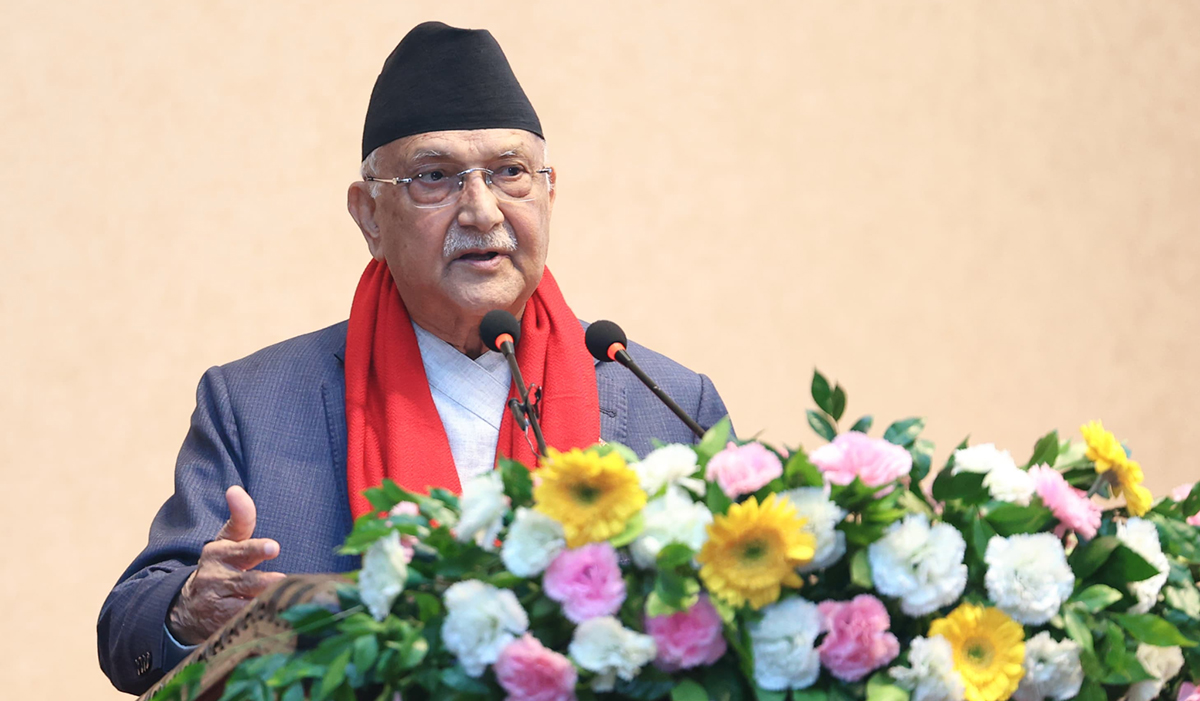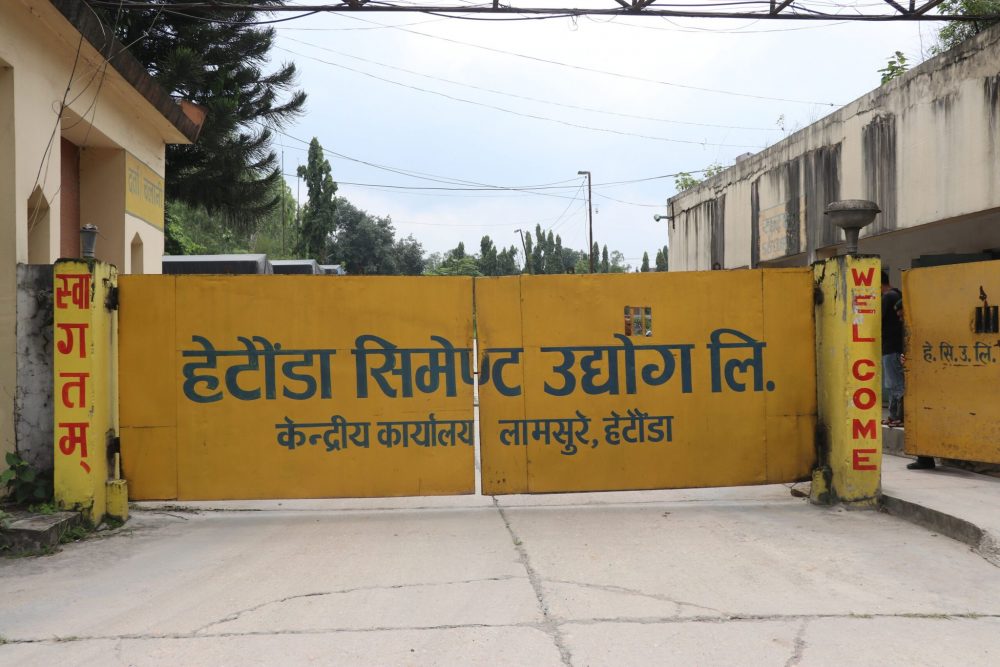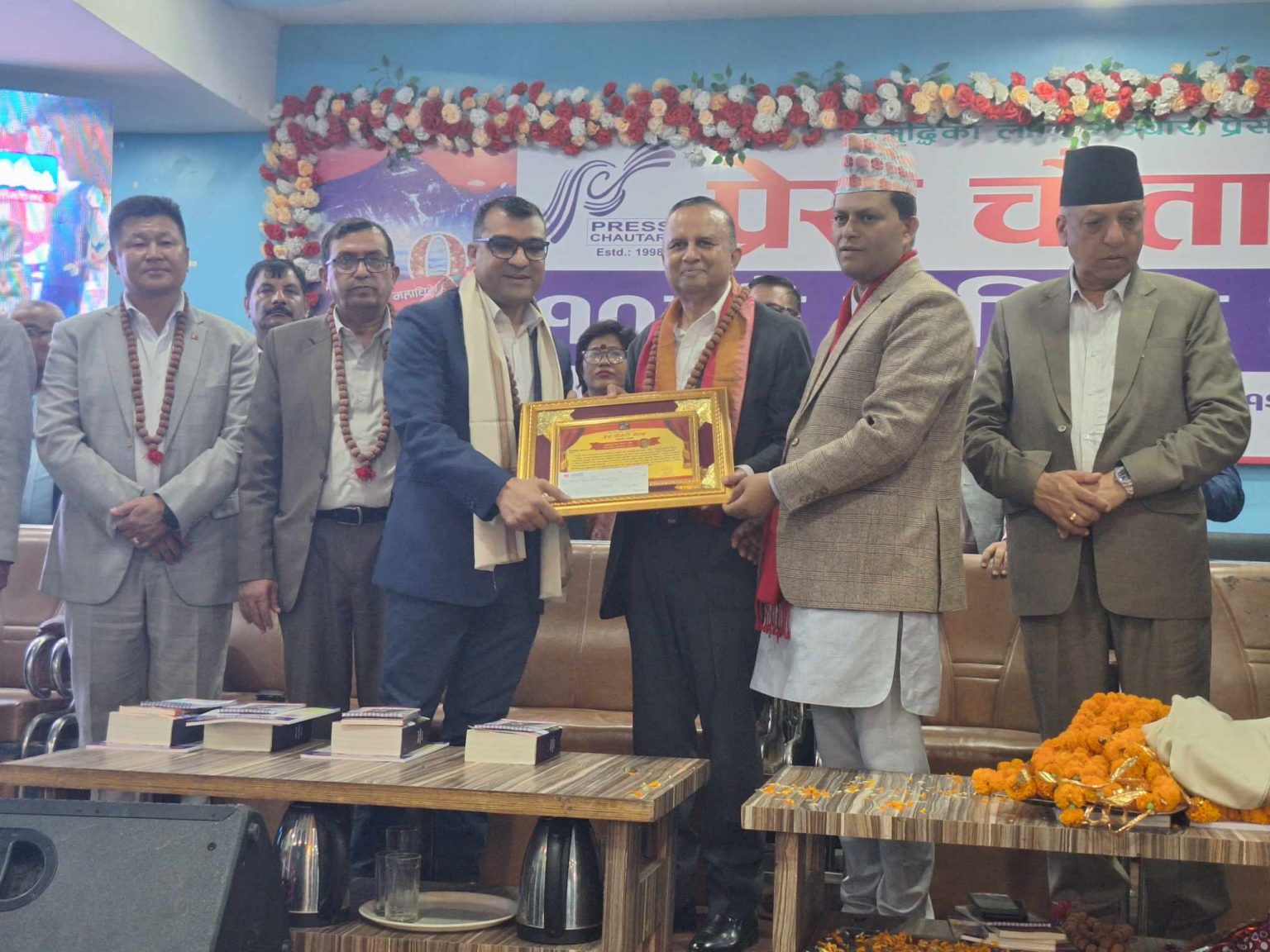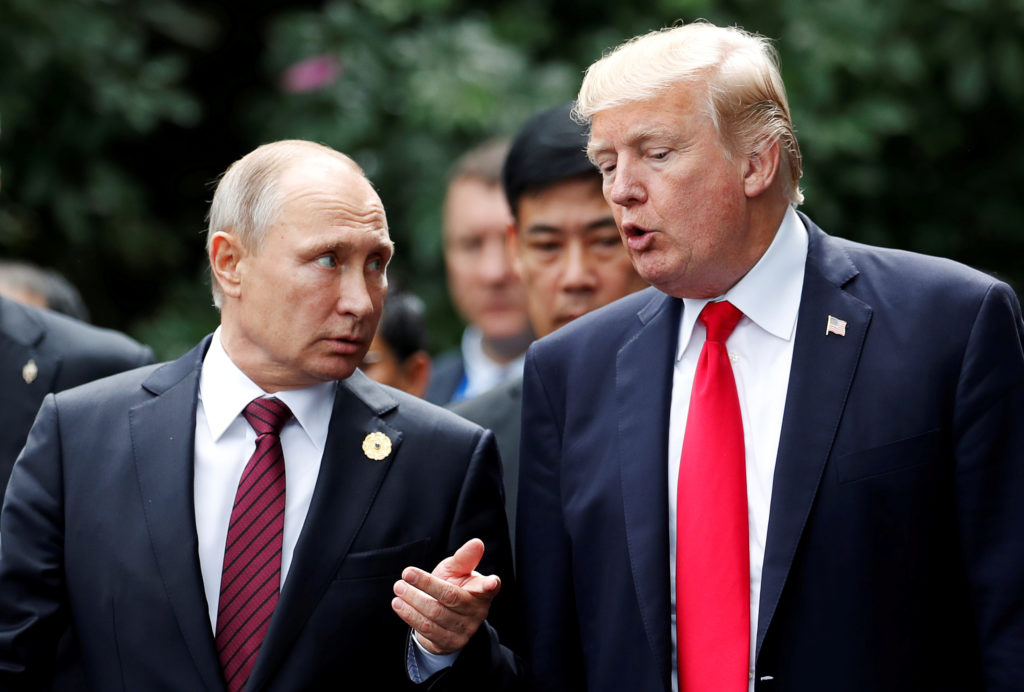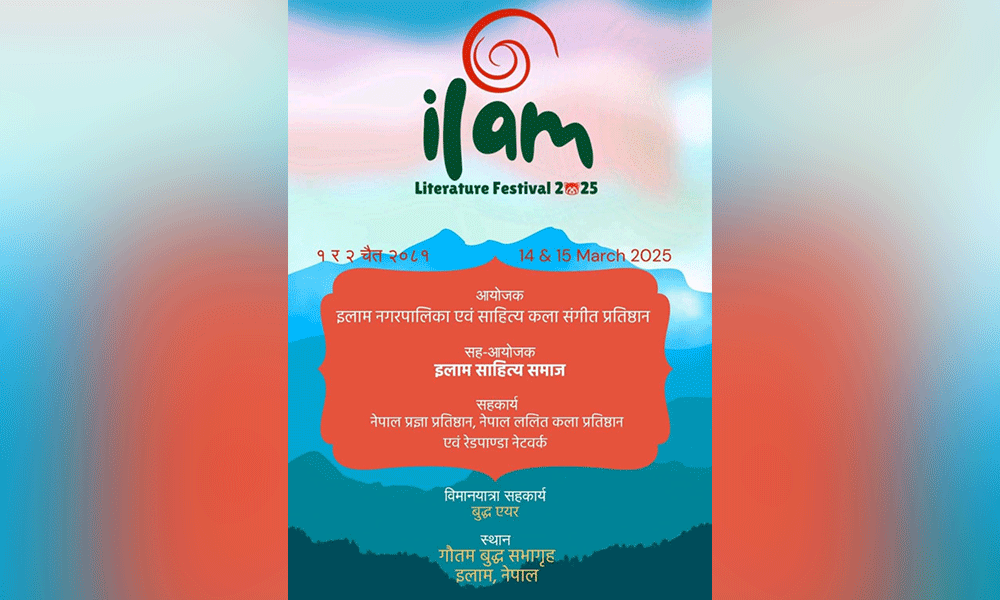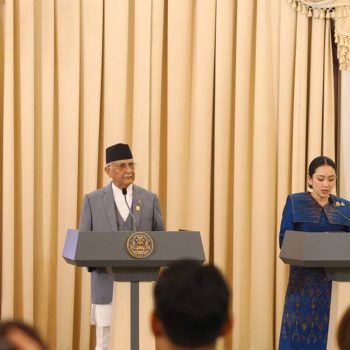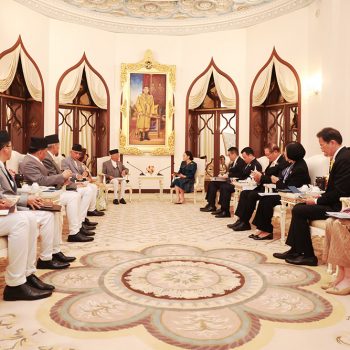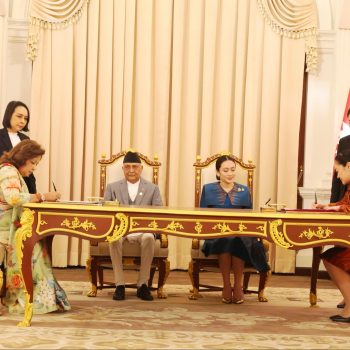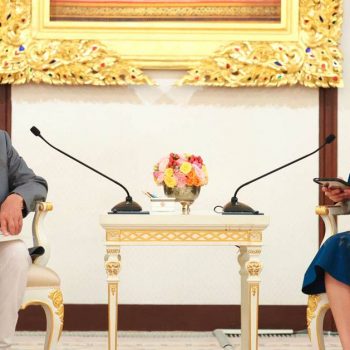Australia vs India, 4th Test: Youth Brigade helps India Win Brisbane Test and Series
Australia taste defeat at the venue after 32 years
 NepalPress
NepalPress
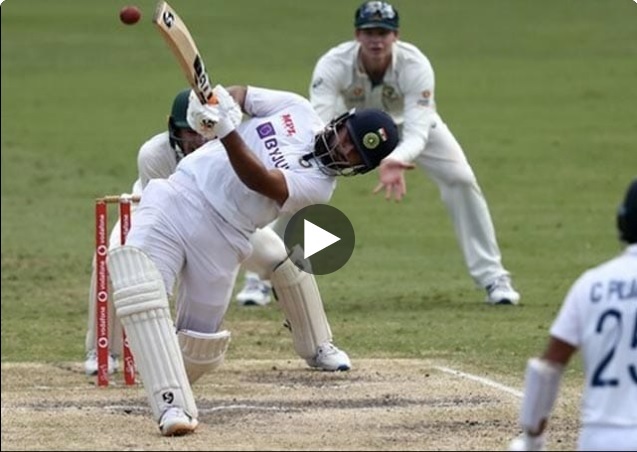
BRISBANE: The Indian cricket team reeling under injuries and depleted by the withdrawals of star players, showed real class to retain the coveted Border-Gavaskar trophy with a historic three-wicket win over Australia in the fourth and final Test in Brisbane, successfully chasing a 328-run target to seal the four-match series 2-1. The explosive talent of Rishabh Pant (89 not out off 138 balls) made itself obvious with signature strokeplay, ending Australia’s 32-year-old unbeaten run at the venue nicknamed ‘Fortress Gabba’. The result might end Tim Paine’s reign as Australia captain, having lost two consecutive home series against India.
The highlight was Pant’s ding-dong battle with Nathan Lyon where he superbly outclassed the 100-Test bowler along with debutant Washington Sundar (22), who nonchalantly hooked the world’s best fast bowler, Pat Cummins, for a six.
AN INNINGS OF STYLE AND SUBSTANCE
All bottoms remained firmly glued to the seats as Pant cut, drove, and paddle-swept to answer his detractors while gifting India one of their finest overseas wins during the dying moments of the final session with an off-driven boundary.
While Shubman Gill (91 off 146 balls) announced his arrival on the global stage, Cheteshwar Pujara (56 off 211 balls) surpassed all the pain barriers en route his slowest Test fifty that held the game in balance for Pant to launch a final assault.
The Australian team wouldn’t feel too good about not being able to win a Test match with an opposition that had all its main players ruled out because of injuries.
The series will be showcased as a golden chapter of cricketing history with a weakened second-tier team winning the series. This series win came without Virat Kohli, Mohammed Shami, Ravindra Jadeja, Ravichandran Ashwin and Jasprit Bumrah not being available for various key matches, and outranks the 2-1 win in 2018-19 when Australia didn’t have Steve Smith and David Warner in its ranks.
THREE SCHOOLS OF BATTING
Gill, the next “Little Master”, was free-flowing in his stroke-making with his “beside the line of the ball” technique as he rode the bounce to hammer home the advantage and make it an advantage-India situation.
The two sixes off Mitchell Starc — a slash over backward point and a thump over deep mid-wicket — will be the ones for the keeps. The disdain while thrashing the Australian bowlers would have made even Sachin Tendulkar and Virat Kohli proud.
KOHLI’S HEIR APPARENT
India have now got Kohli’s heir apparent and the 21-year-old is here to stay for the longest time. Pujara, on the other hand, saw the Australian try out the menacing short ball tactic.
Pujara took punishment on the helmet, a few more on the chest and other parts and a painful one on the knuckles but remained unfazed. Gill and Pujara showed that there are multiple ways to skin a cat.
If Pujara showed tactical defence and sheer grit in the way he ducked, avoided or painfully accepted the bodyline attacks from pacers Josh Hazlewood and Cummins, Gill, on his first tour of Australia, played the punisher by unlocking the pull shot from his quiver.
The duo, during its 114-run stand, frustrated the bowlers with opposing styles can co-exist in a harmonious tango, even as test match fans may argue on what works best. Pant, with his cavalier ways, further enriched the debate on the forms of batting that test matches need.
INDIAN DEBUTANTS DELIGHT
While the final day performance is sure to hold a special place but this duo deserves more than an honourable mention. The 7th wicket stand of Shardul Thakur and Washington Sundar in the first innings, laid the foundation for the final Indian charge.
Had that partnership not been there, it wouldn’t have been as easy for India as it seemed in the end. Thakur and Washington gave the specialist batsmen a reason to prove their worth. Pujara, Gill and Pant, honoured that fight.
Coach Ravi Shastri was once criticised for his “best travelling Indian team” comment but after January 19, few would disagree that this is the “toughest Indian team on road”.


